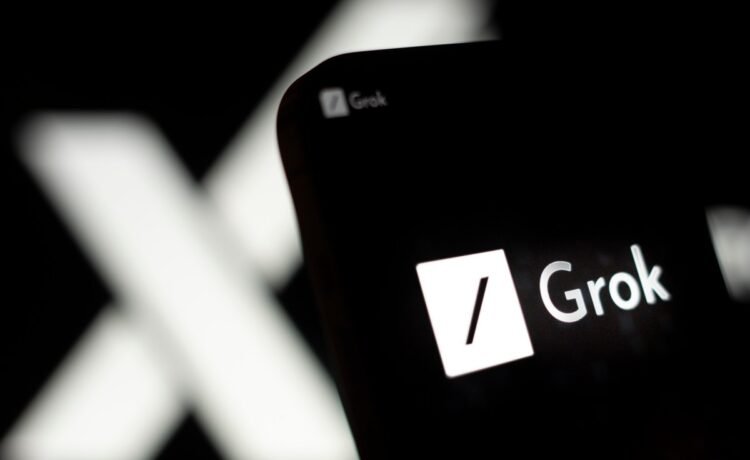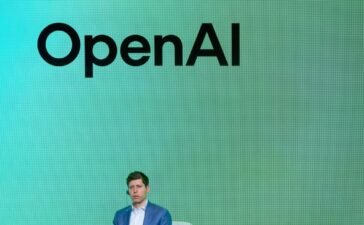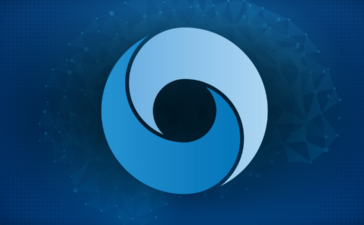Debates over AI benchmarks — and how they’re reported by AI labs — are spilling out into public view.
This week, an OpenAI employee accused Elon Musk’s AI company, xAI, of publishing misleading benchmark results for its latest AI model, Grok 3. One of the co-founders of xAI, Igor Babushkin, insisted that the company was in the right.
The truth lies somewhere in between.
In a post on xAI’s blog, the company published a graph showing Grok 3’s performance on AIME 2025, a collection of challenging math questions from a recent invitational mathematics exam. Some experts have questioned AIME’s validity as an AI benchmark. Nevertheless, AIME 2025 and older versions of the test are commonly used to probe a model’s math ability.
xAI’s graph showed two variants of Grok 3, Grok 3 Reasoning Beta and Grok 3 mini Reasoning, beating OpenAI’s best-performing available model, o3-mini-high, on AIME 2025. But OpenAI employees on X were quick to point out that xAI’s graph didn’t include o3-mini-high’s AIME 2025 score at “cons@64.”
What is cons@64, you might ask? Well, it’s short for “consensus@64,” and it basically gives a model 64 tries to answer each problem in a benchmark and takes the answers generated most frequently as the final answers. As you can imagine, cons@64 tends to boost models’ benchmark scores quite a bit, and omitting it from a graph might make it appear as though one model surpasses another when in reality, that’s isn’t the case.
Grok 3 Reasoning Beta and Grok 3 mini Reasoning’s scores for AIME 2025 at “@1” — meaning the first score the models got on the benchmark — fall below o3-mini-high’s score. Grok 3 Reasoning Beta also trails ever-so-slightly behind OpenAI’s o1 model set to “medium” computing. Yet xAI is advertising Grok 3 as the “world’s smartest AI.”
Babushkin argued on X that OpenAI has published similarly misleading benchmark charts in the past — albeit charts comparing the performance of its own models. A more neutral party in the debate put together a more “accurate” graph showing nearly every model’s performance at cons@64:
Hilarious how some people see my plot as attack on OpenAI and others as attack on Grok while in reality it’s DeepSeek propaganda
(I actually believe Grok looks good there, and openAI’s TTC chicanery behind o3-mini-*high*-pass@”””1″”” deserves more scrutiny.) https://t.co/dJqlJpcJh8 pic.twitter.com/3WH8FOUfic— Teortaxes▶️ (DeepSeek 推特🐋铁粉 2023 – ∞) (@teortaxesTex) February 20, 2025
But as AI researcher Nathan Lambert pointed out in a post, perhaps the most important metric remains a mystery: the computational (and monetary) cost it took for each model to achieve its best score. That just goes to show how little most AI benchmarks communicate about models’ limitations — and their strengths.
You Might Also Like
Chinese marketplace DHgate becomes a top US app as trade war intensifies
The Trump trade war has gone viral on TikTok, pushing a Chinese e-commerce app, DHgate, to the top of the...
Hertz says customers’ personal data and driver’s licenses stolen in data breach
Car rental giant Hertz has begun notifying its customers of a data breach that included their personal information and driver’s...
OpenAI plans to phase out GPT-4.5, its largest-ever AI model, from its API
OpenAI said on Monday that it would soon wind down the availability of GPT-4.5, its largest-ever AI model, via its...
Google’s newest AI model is designed to help study dolphin ‘speech’
Google’s AI research lab, Google DeepMind, says that it has created an AI model that can help decipher dolphin vocalizations,...










